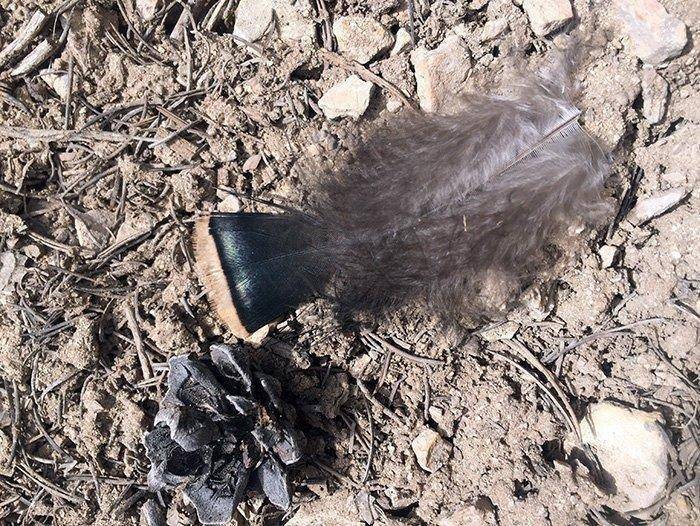DWR Press Release
Utah’s statewide hunt starts soon.
A chance to pursue an elusive, wild bird in Utah is almost here. The state’s general statewide turkey hunt starts April 30.
And, if you were 17 years of age or younger on July 31, you can also participate in Utah’s youth-only turkey hunt. The youth hunt runs April 27–29.
Permits for the general hunts aren’t limited, so you’ll have no problem getting one. You can buy a permit at wildlife.utah.gov. Permits are also available from Utah hunting license agents and Division of Wildlife Resources offices.
Plenty of birds
Turkeys are doing great in Utah, with an estimated 25,000 to 35,000 turkeys living in the state. Unlike the Midwestern and Eastern states, though, wild turkeys aren’t found everywhere. “Even though lots of turkeys live in Utah,” says Jason Robinson, upland game coordinator for the DWR, “most of the state doesn’t have any birds. Scouting is a huge part of turkey hunting in Utah. You have to find the birds to find success.”
In addition to serving as Utah’s upland game coordinator, Robinson is an avid and successful turkey hunter. Following his top four tips below will greatly increase the chance you take a turkey in Utah this spring. Tips are also available in a series of DWR turkey hunting videos. The videos are available at wildlife.utah.gov/turkeys.
TIP ONE — Scout, scout, scout
Two turkey subspecies — Rio Grande and Merriam’s — live in Utah. You’ll typically find the birds in different types of habitat. Rio Grande turkeys are usually found at lower elevations. River bottoms dotted with cottonwood trees, and areas containing mostly oak and pinyon-juniper trees, are favorite spots. Merriam’s turkeys, on the other hand, are typically found in ponderosa pine forests at higher elevations.
Knowing the elevation and the habitat type is only part of the equation, though. For example, you might find a 20-mile-long drainage with excellent habitat from top to bottom. But birds won’t use the entire drainage. Instead, they’ll zero in on a few key spots.
Fortunately, turkeys leave lots of sign behind, including tracks, scratches in the ground, feathers and droppings. “If you scout an area,” Robinson says, “and you don’t find any sign, look for a new spot. Turkeys always leave sign behind. Hunt only in areas where you’ve found sign.”
TIP TWO — Pattern the birds
Once you’ve found a spot, it’s time to pattern the birds. Try to determine where they’re foraging and which trees they’re roosting in. Then, find a spot between the two.
“Birds won’t veer long distances from the routes they normally take,” he says. “Make sure you set up fairly close to the route the birds are using.”
TIP THREE — Call sparingly
Before the season starts, practice your calling. Then, once you’re in the field, don’t call too much.
“When you’re in the field,” he says, “you’re trying to mimic what wild turkeys do in the wild. You’re trying to trick a bird into thinking the sound it hears is coming from an actual turkey. Many hunters call more than a turkey would call. Calling less is more effective than calling too much.”
TIP FOUR — Don’t move
Wild turkeys have amazing eyesight. For that reason, it’s critical that you’re properly camouflaged and well hid. But the right camouflage and hiding well won’t work if you move. “Nine times out of 10,” Robinson says, “movement is what gives hunters away. Try to stay perfectly motionless as a turkey moves in. If you hide well and don’t move, you’ll have a great chance at bagging one of the nation’s wariest birds.”

